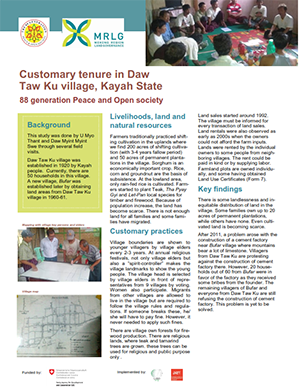Sri Lanka Poverty and Welfare
Analysis of Sri Lanka’s recent progress
in reducing poverty and inequality is directly relevant to
the new government’s development agenda. The newly sworn-in
president ran for election on a platform that featured,
among other goals, inclusive growth and support to the
agricultural sector. The pursuit of these and other goals of
the new administration can be informed by a fuller
understanding of recent developments in household living




